Tech Talk: What goes into a Travis Rice Signature Model snowboarding boot?
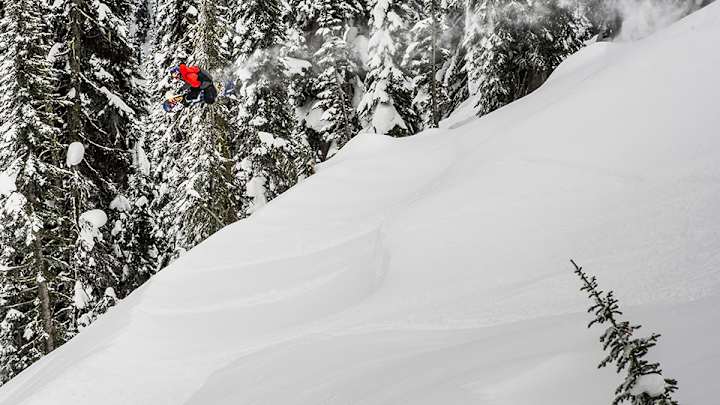
This isn’t Travis Rice’s first time working to design a pro-model snowboard boot. Being with DC Shoes’ snowboarding team for nearly 16 years, he’s worked closely with designers every step of the way, “talking about what we like, what we don’t, sitting around and talking s*** about every little nuance we don’t like about the boot.” That kind of lengthy infatuation with design gave Rice all he needed to know about his latest creation: the Travis Rice Signature Model.
“In the category my boot falls into, the higher echelon of DC’s winter program, we get to pull out all the stops,” Rice tells SI.com. “We put everything we possibly can into the boot.”
The technology inside
Rice admits that DC employs “guys nerding out on materials, flexes, stretches and actual construction” of the boot while he simply tries to convey how he wants the boot to work better or be shaped better. He quickly credits the designers, but don’t mistake the humbleness for a lack of knowledge. He knows the tech and that’s why he was instrumental in going with an asymmetrical outsole for the boot.
“At the end of the day, the snowboard itself, the binding, the boot, it all plays into this beautiful symphony of hydrodynamics,” Rice says. “When riding deeper snow, powder snow, the toe and heel drag is always one of the biggest issues. You don’t want to jam your toes, you want a nice supple, comfortable boot, but you don’t want drag.”
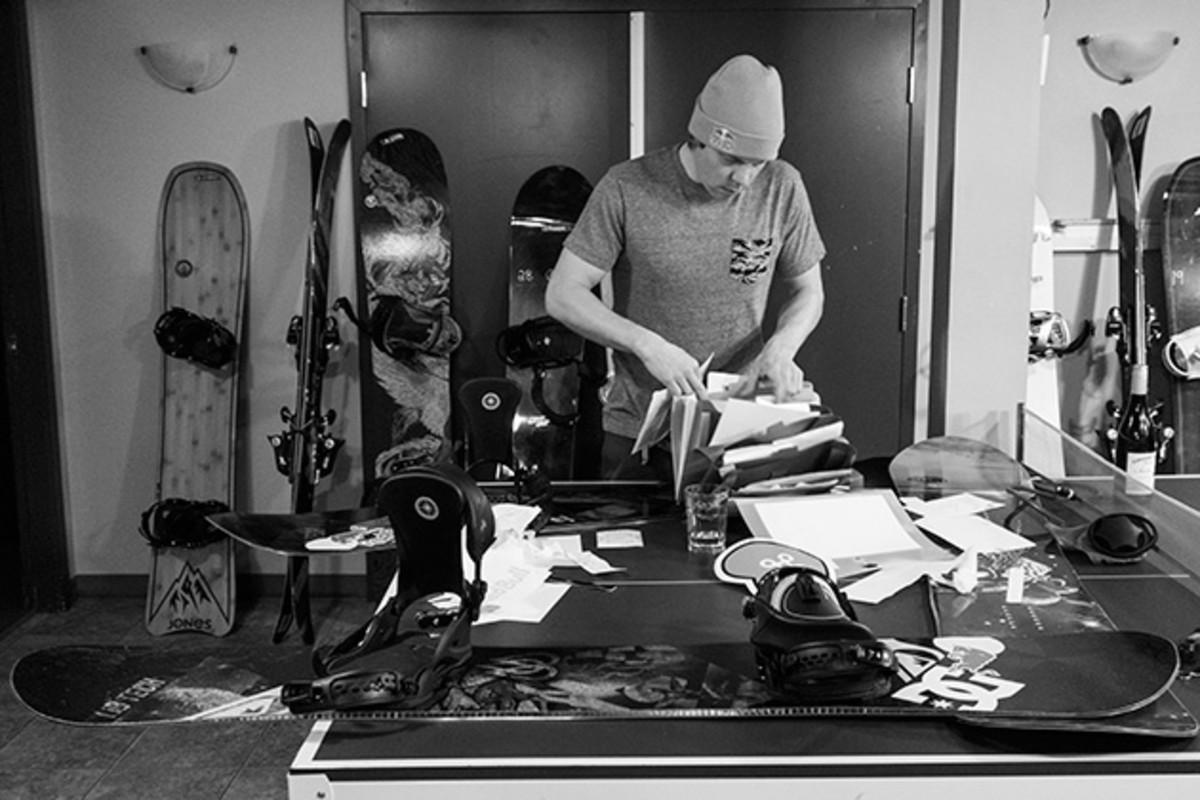
With the feet slightly spread open—often 10 to 20 degrees outward, he says—on the board, less boot under the insides of the feet accomplish his goals of creating a comfortable ride with force faced the proper direction.
Rice used to take a kitchen knife to his boots and bindings, cutting off unnecessary material, often leading to him destroying his equipment, but that process graduated to a redesigned outsole to offer the least amount of toe and heel drag possible. “We are constructing a boot that is still strong and comfortable and can kick s*** without hurting your toe,” he says.
Moving on up
With the outsole redesigned, Rice wanted to reach back into snowboarding’s history to make another improvement. He says that when you look back, people were using all kinds of materials that provided no support to the foot and ankle, but all kinds of flex for incredible grabs and tricks. “You see these old photos of these guys, bone and tweak out their grabs,” Rice says. “Quite a bit more than today’s snowboarders can.”
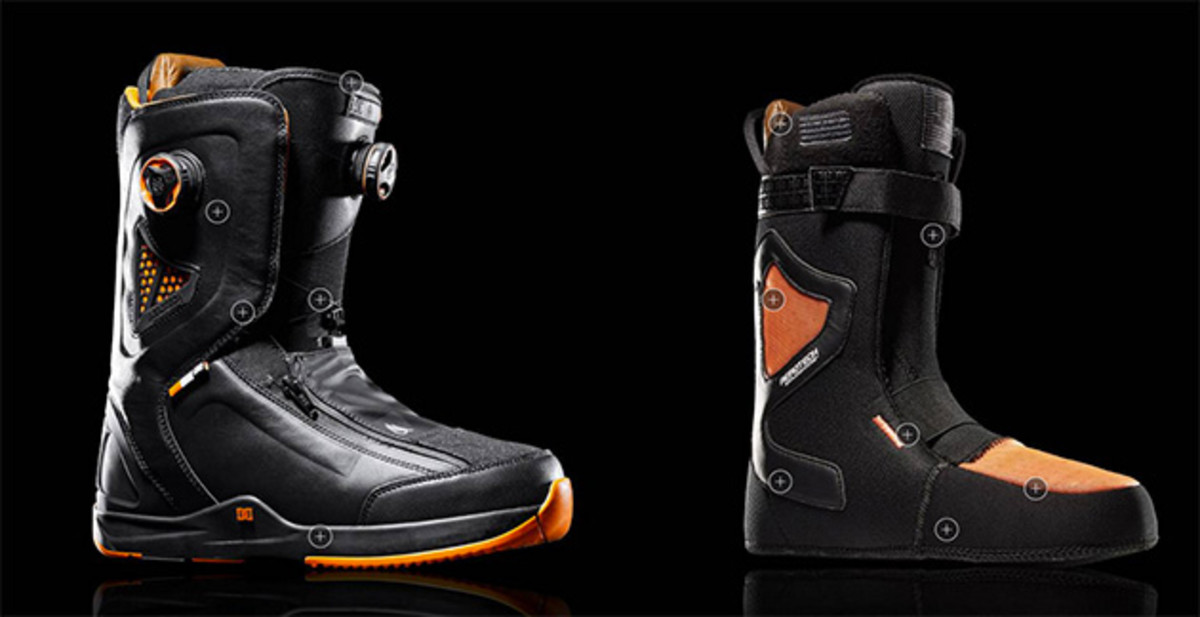
As the boots became stiffer and more supportive, the flex went away. On the new Rice Signature, they redesigned the panels on the side of the boot, removing the single solid panel, now broken and overlapped for articulation, putting more flex in the medial side of the boot to “allow you to achieve ultimate tweakage.” By adding an updated ankle harness, Rice says you still get the ankle support you need.
Rice says he wanted to stick with the double boa lacing system because while it may seem like a trivial thing, he wants the ease of getting in and out that it provides, saying the boa is tried and true and quicker than a speed lacing system. Plus, he says his is the only boot on the market with a full storm flap to keep snow and ice out of the boa system.
Johnny Strange: Adventure as a Way of Life
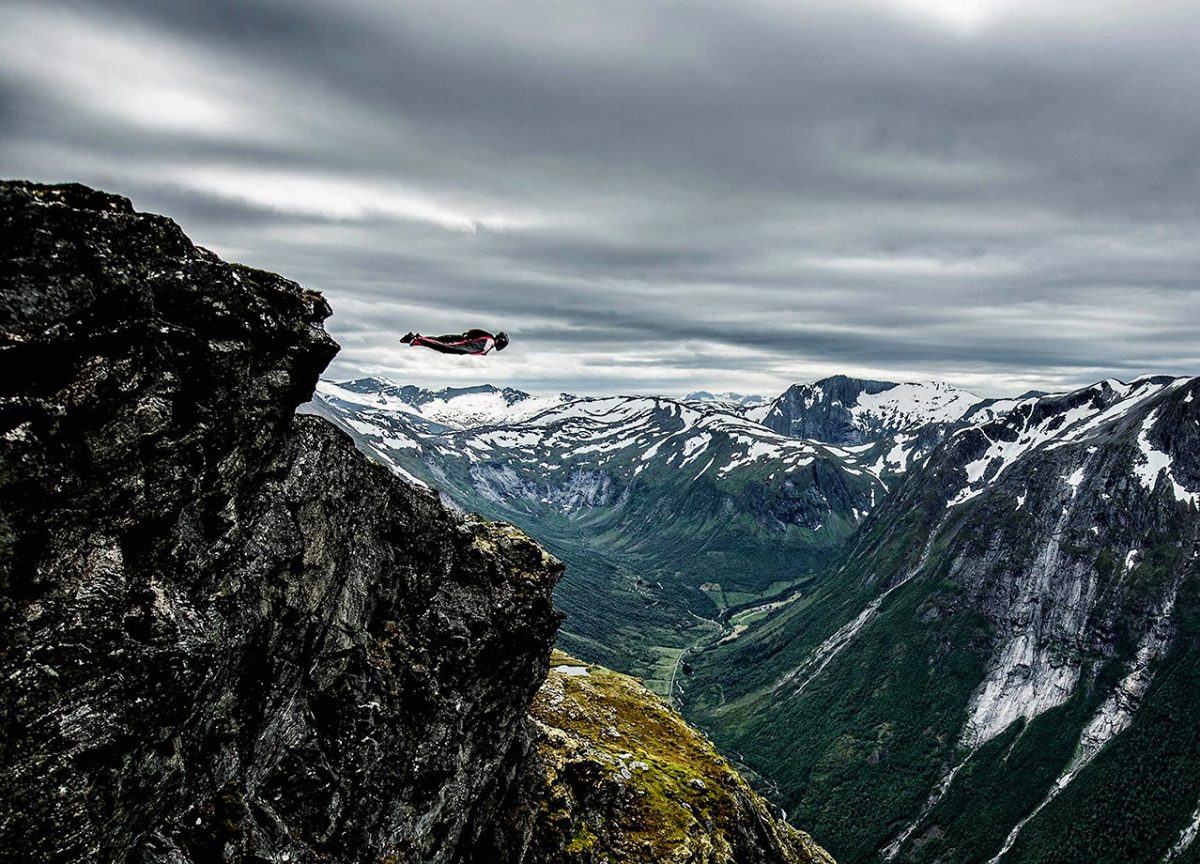
At age 12 he climbed his first world class peak, Mt. Vinson Massif in Antarctica.
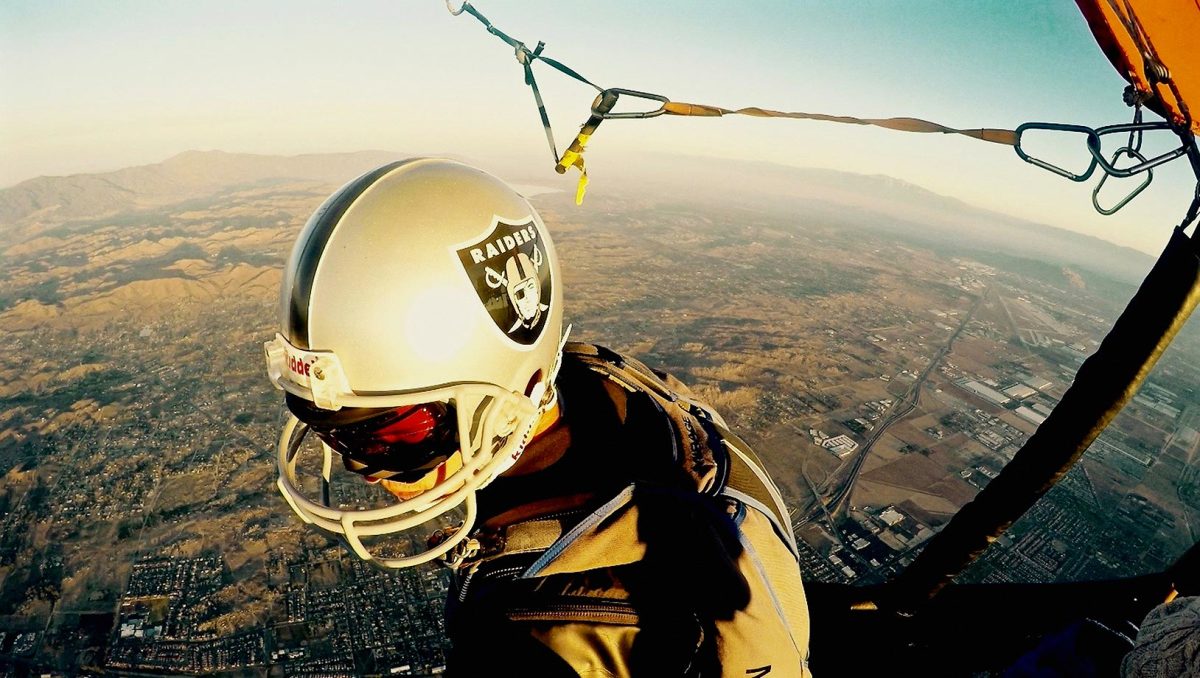
In 2009, when Strange was 17, he became the youngest person to scale the tallest peaks on each of the world's seven continents, including Mt. Everest.
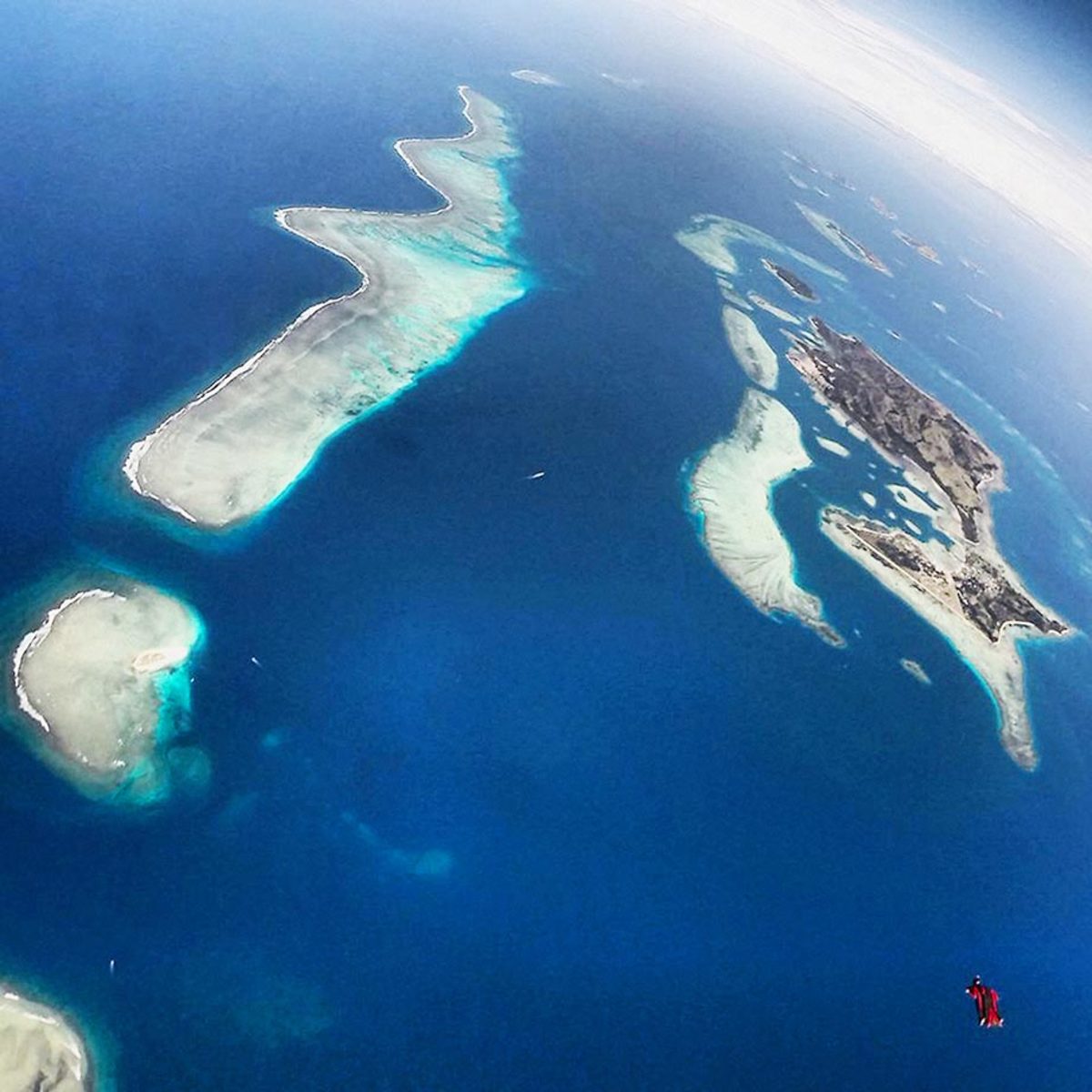
In 2011 he had reached both the north and south poles. This made him the youngest person in history to complete what is called “The Adventurers Grand Slam.”

Friends such as model Gigi Hadid, who went to Malibu High with Strange, stated on her twitter feed, “He lived more in 23 years than many do their whole life.”

What really made him so successful was that he lived his life with purpose. He dedicated his adventures to help raise awareness about Parkinson’s Disease and bring about an end to genocide all over the world.
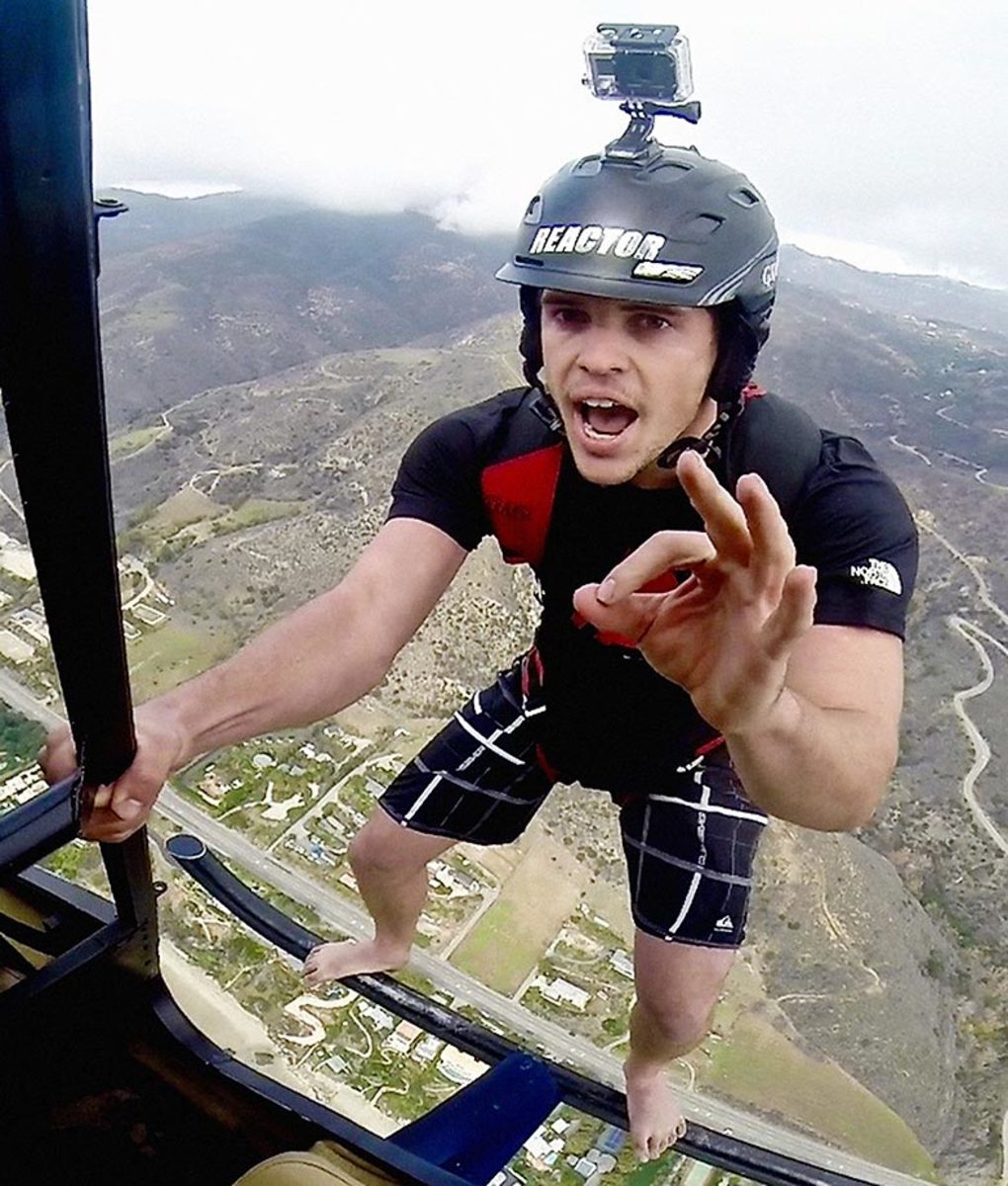
"I know some people think what I do is irresponsible because of the risk, but the day I let my fear deter my ability to follow my dreams, I have already died," he once said. "I will, as well as everyone else die someday, but on this day, I was more alive then I had ever been before.”
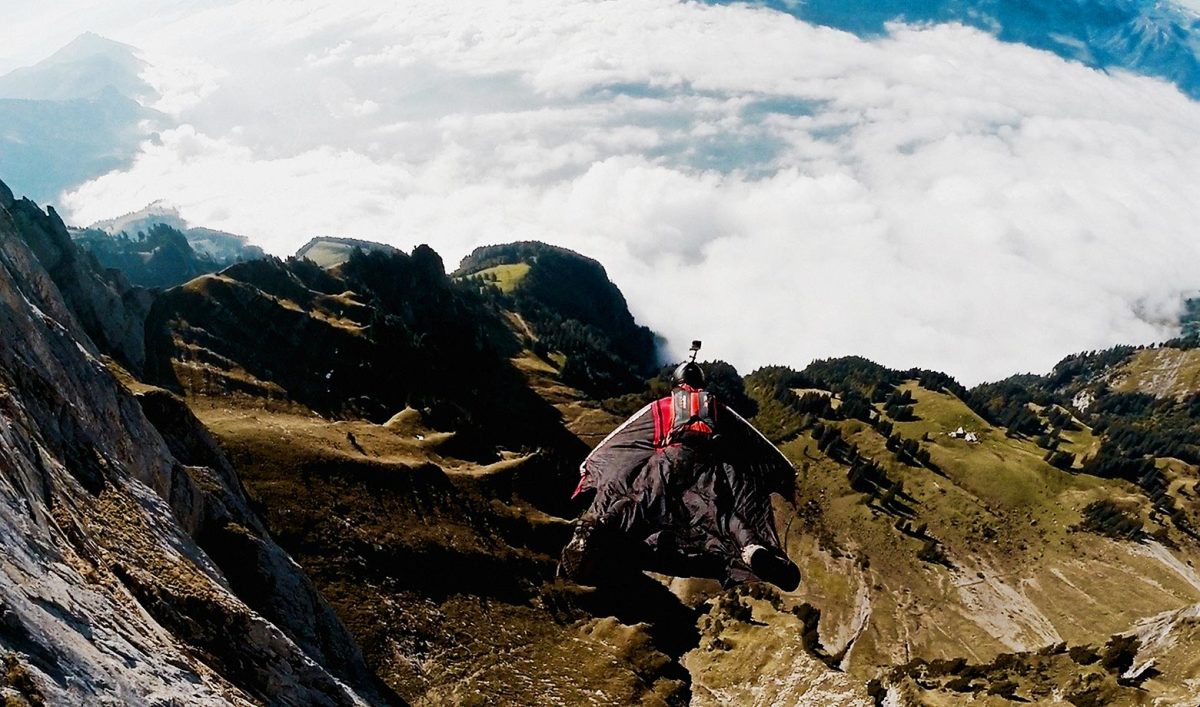
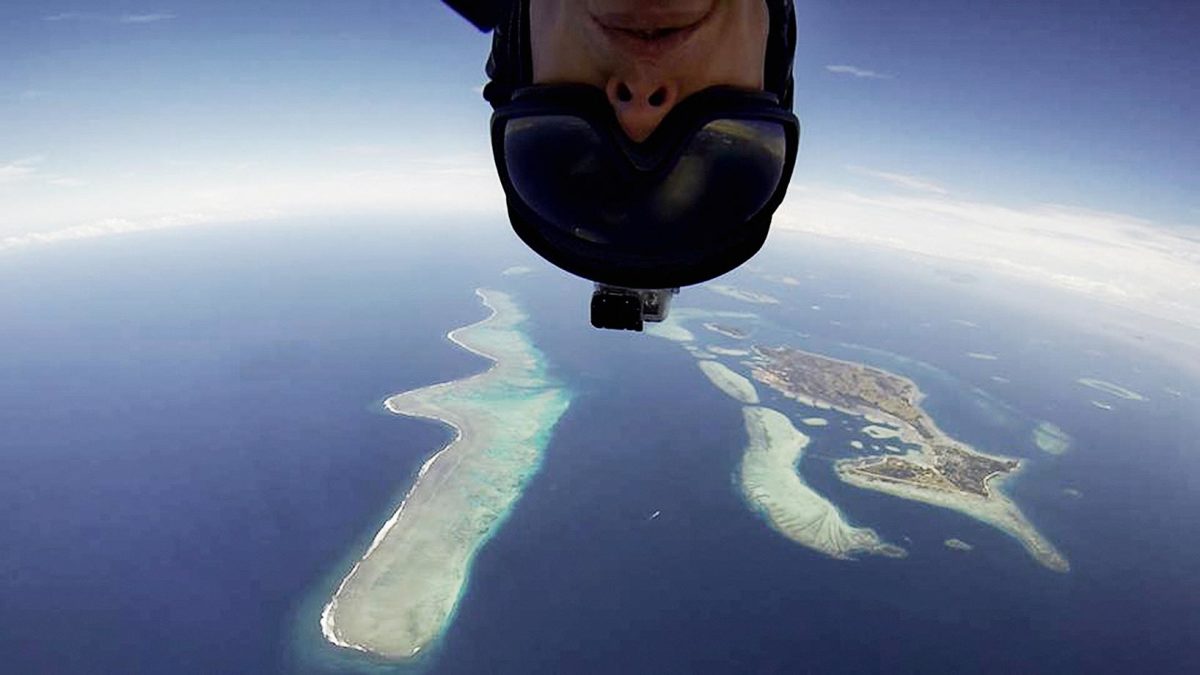
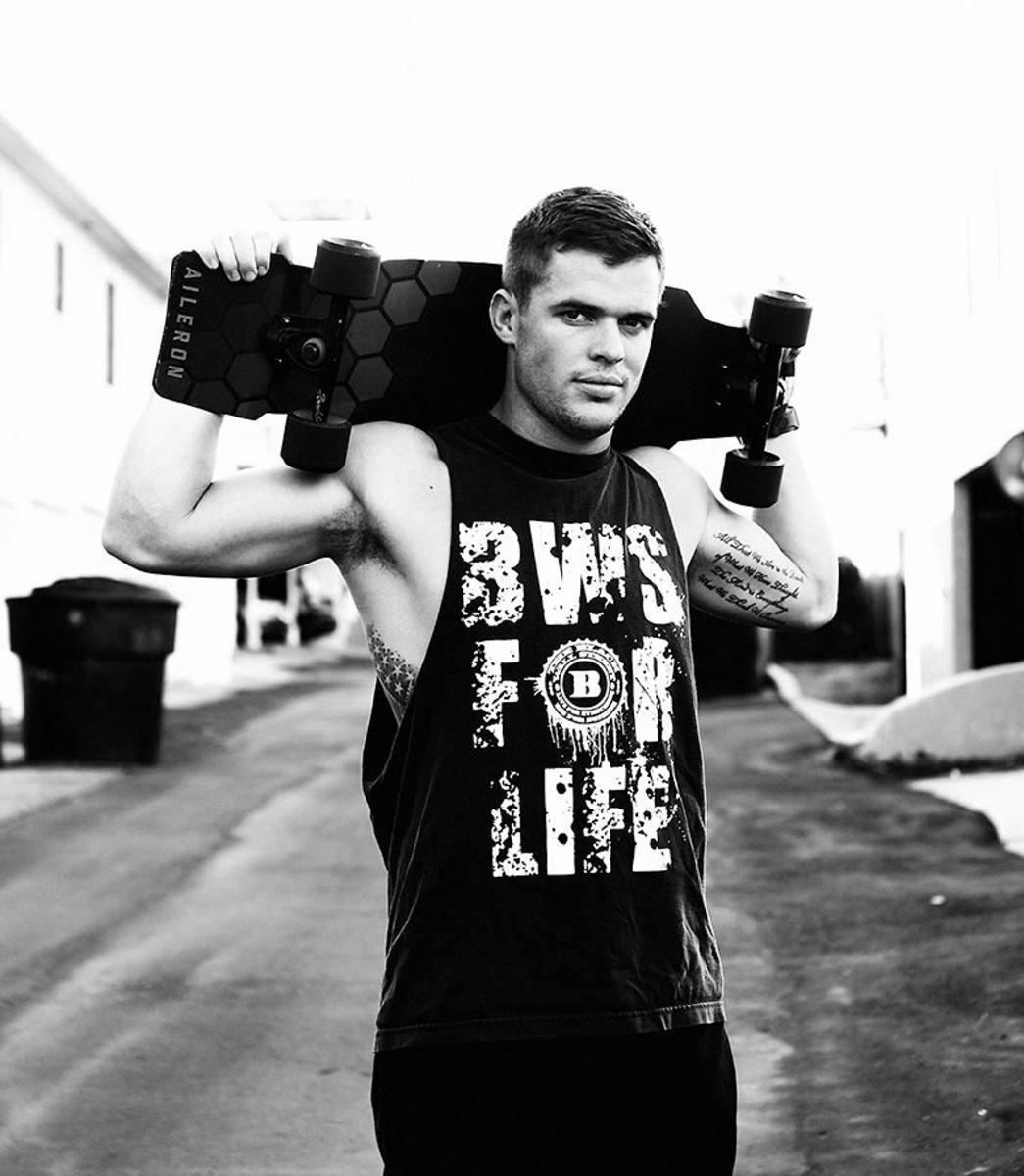
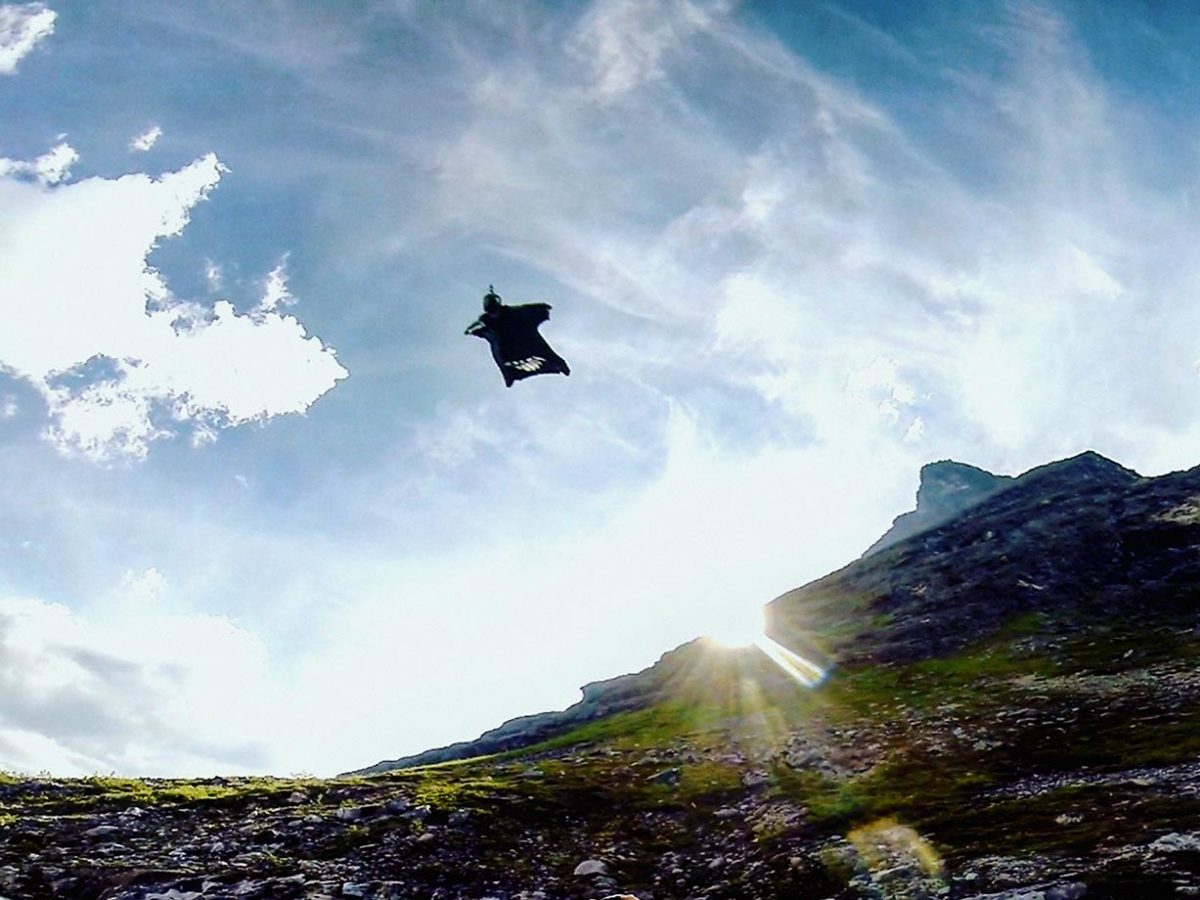
“It is great because I ride with guys from other companies who have similar boots at a glance and they always get a little pissed off, saying they keep telling (their companies) to cover this up,” Rice says about the boa system. “I say let’s do this and it happens.”
He opted for the DC Aerotech design that uses honeycomb columns inside the boot to help heat and moisture rise up and out. “A drier boot is a happier foot,” he says. “You can stay on (your board) a lot longer.”
And using “superfabric,” the same material designed for astronaut space suits, allows Rice to put his boot through abuse, whether boarding in the backcountry or riding snowmobiles on the way there. He says him going through a single pair of boots in a season proves his durability point.
The Travis Rice aesthetic
While many DC boots mimic the skate sneaker aesthetic DC Shoes is known for, Rice wanted to go to the other end of the design spectrum. He spends up to 15 hours a day in a boot and he wanted the look of his boot to match the conditions he encounters.
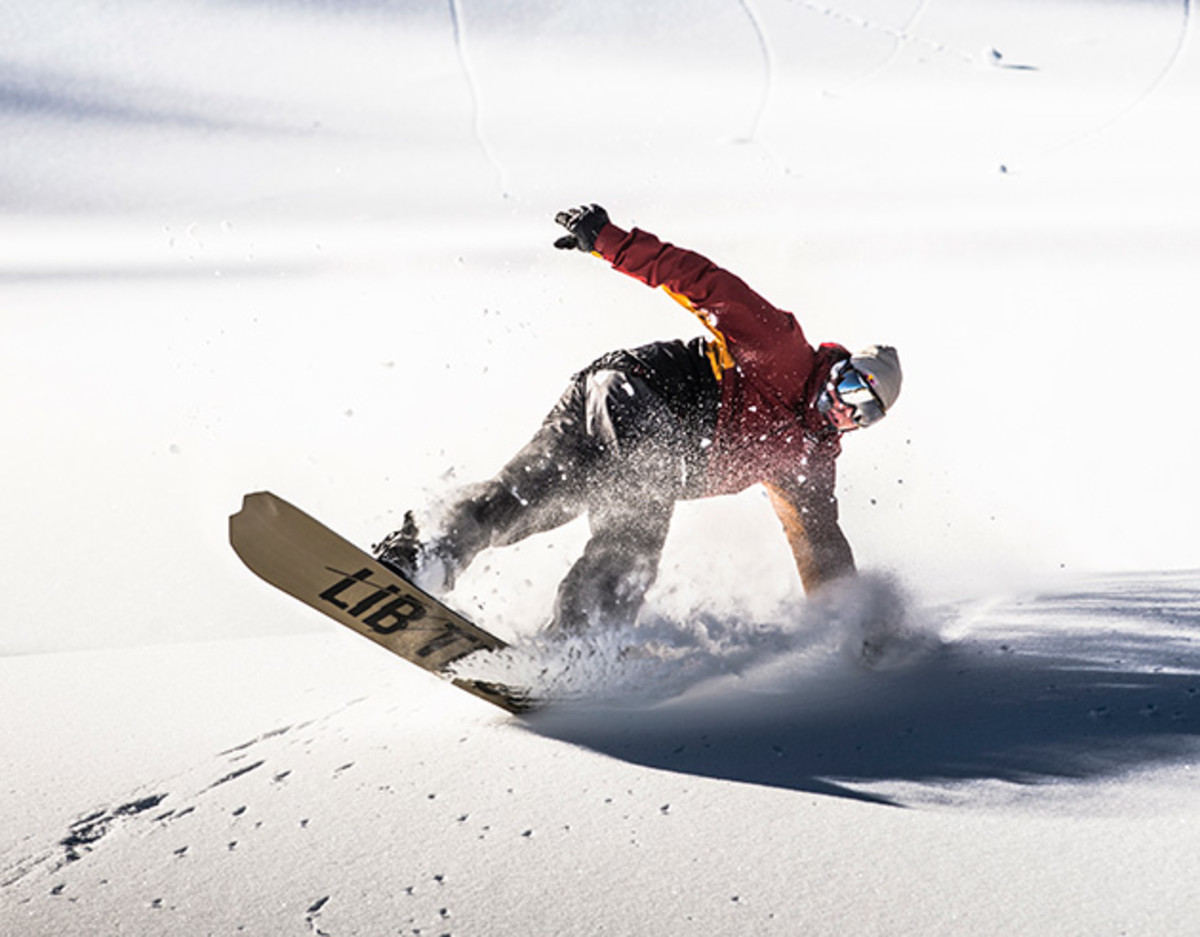
“We kept it streamlined for the purpose of working as good as it possibly could in the backcountry and out on the mountain for those long days,” he says. “What you come away with is a boot designed [purposefully].”
But that doesn’t mean that Rice wasn’t dialed in on the design. “We got the black boa cables, one more murdered out bonus piece,” he says as an example. “Once again, a little thing, but little nuances make it.
“Me and that boot are pretty close.”
Tim Newcomb covers stadiums, sneakers and training for Sports Illustrated. Follow him on Twitter at @tdnewcomb.
